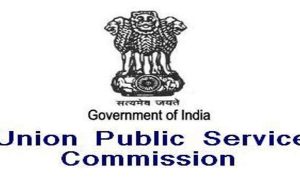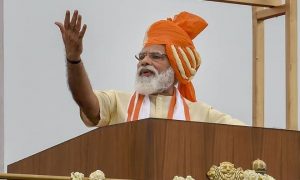If we reframe health insurance as an asset rather than an expense, we may increase penetration in India and make it a viable path to UHC
Borrowing from life insurance, we need a product that provides the benefit from the investment income while promising a return of the insurance premium to the customer if the benefit is not utilised.
By Shwetank Verma
The pandemic has highlighted the importance of creating a pathway to Universal Health Coverage (UHC) in India. However, there are certain problems with the existing health insurance products.
An immediate payment for an uncertain gain
Hard to compare products:
Lack of trust that claims will be paid:
Over-provision of care resulting in medical cost inflation:
Given the problems outlined above, we need to create a product that:
Does not have an upfront ‘expense’
Is similar to existing, well-understood products giving customers a scaffold to build their understanding.
Is simple, with easy to understand inclusions and exclusions
Aligns incentives across the system
The first and most critical step is to create a product that is not viewed as an annual expense. Borrowing from life insurance, we need a product that provides the benefit from the investment income while promising a return of the insurance premium to the customer if the benefit is not utilised.
A simple way to do this would be to create a new type of bank account—a fixed deposit that provides health insurance. Let’s call it “SehatFD”. This account would pay no interest, but the deposit would belong to the customer. The interest accrued would be used to buy a health insurance policy, with the FD acting as a deductible.
This product would also address the complexity poin. Furthermore, the deductible aspect of the policy would also reduce the incentives for fraud and involve the customer in her care. Over time, as the customer makes more deposits, her total cover would increase, giving better protection as she ages. The trust deficit regarding claims would remain an issue—however, different banks could publicize their payout rates to attract deposits.
Financially, given FD rates of 6.5-7%, a customer would need to deposit Rs 10,000 -Rs 20,000 to generate the interest comparable to the annual premium (Rs 625- Rs 1,300) paid under the Ayushman Bharat scheme. Given current market premiums, this amount is approximately the same as the cheapest family Arogya Sanjeevani product today.
Functionally, as the distribution channel would be a bank, it would reduce the distribution and operational costs of the insurer. The banks would be getting sticky deposits—a win-win-win for all. Overtime, banks could offer extra services (free teleconsults, gym memberships, spa packages, etc.) to attract customers to place deposits with them. They could even add payments to make a comprehensive health ecosystem. The customer would have choice and the ability to get the package of services that they want.
The government could create a favourable policy environment for this product:
Allow contributions to the SehatFD to be tax deductible
Provide a top-up payment to insurers for SehatFDs which are less than Rs 10,000
Promote the concept of the SehatFD to drive trust and adoption in rural areas
Enable linkages to Ayushman Bharat where appropriate
If we reframe health insurance as an asset rather than an expense, we may significantly increase penetration in India and make it a viable path to UHC.





































